The art of sculpture: definition and origins
What were the origins of the first sculptures? Where did they come from?
What is the real story behind this artistic discipline? A very curious fact about this art is that up until the Renaissance, this activity was not referred to as sculpture. Did you know that? If you want to know more about the origins and the exciting history of the art of sculpture, don’t go away! We will tell you everything you need to know.
The Definition of Sculpture
According to the Royal Spanish Academy, sculpture is the “art of modelling, carving or sculpting three-dimensional figures in certain materials” or a “work made by a sculptor”. In other words, sculpture, considered one of the seven fine arts, is the discipline that consists of creating three-dimensional figures by sculpting or carving different types of materials (stone, ceramics, bronze, etc.).
Origins of the Art of Sculpture
Sculpture in Prehistory
Today, no one really knows for sure when the world's first sculptures were made. However, historians suggest that it all began in the so-called Stone Age. In fact, The Venus of Berekhat (230,000 BC) and The Venus of Tan-Tan (200,000 BC), two objects with pre-sculptural forms, are the oldest known stone effigies.
The first documented sculptures date from approximately 35,000 BC and are carvings in the form of animals, as well as birds, discovered in two German caves: the Vogelherd and the Hohlensten-Stadel.
Sculpture in the Neolithic Age
The Egyptian pyramids are, undoubtedly, the most striking form of art from the Neolithic period. Their funeral chambers included all kinds of statues and moveable statuettes, indicating new sculptures were being created. It was also during this period when, due to the emergence of cities and public buildings, the demand for all types of art, including sculpture, increased. Thus, art began to be used to represent the governors and the Gods, as well as their aspirations.
Sculpture in Ancient Greece
Greek sculpture emerged in the Daedalic Period and developed in three different stages. In the first one, the Archaic Period, it slowly but continuously evolved and the most highly valued form of Greek sculpture was the kouros. During the second stage, the Classical Period, the culmination of Greek creativity was reached, with sculptors like Myron or Phidias achieving very high levels of realism with their sculptures. Finally, in the Hellenistic Period, the classical realism that was dominant in the previous stage was replaced by a greater expressionism in the works.
Sculpture in the Dark Ages
European sculptors lived a very "quiet" moment in which cities became impoverished and were very uncultured. Although there was some activity here and there, the period between 500 and 800 AD saw no great artistic movements in terms of sculpture.
Romanesque Sculpture
The revival of sculpture as an artistic discipline resurfaced again with Charlemagne. Despite his brief empire, his patronage of the arts was crucial in reviving European culture. In fact, many Romanesque and Gothic churches were built years later on the foundations of Carolingian architecture.
Already in the 11th century, the success of the Christian Crusades triggered the construction of new churches and cathedrals and inspired a wave of commissioned Romanesque sculptures. Finally, sculpture had acquired the importance it deserved. Thus, new sculpture and modelling workshops emerged thanks to the demand and knowledge of new master craftsmen.
Gothic Sculpture
The new techniques that were developed from the 12th century onwards in the construction of new churches, used in Gothic architecture, completely transformed the interiors and exteriors of these buildings. Thus, the new façades and portals were decorated with sculptural reliefs depicting biblical scenes and,
in addition, the columns of the interiors included numerous statues that can still be seen today in European churches and cathedrals.
The Exciting Art of Sculpture
Did you know about the fascinating history of all these years of sculpture? In fact, it is an exciting art that, century after century, has witnessed new techniques, different ways of living, changing beauty ideals and, thanks to its durability, has provided us with a wealth of knowledge. The passion that sculptors feel when carving each sculpture is reflected in the final result, don't you agree? Tell us which sculpture you have seen, from whatever period of history, that has most caught your attention, one that you just couldn’t take your eyes off. That way, we can all increase our bucket lists of trips to take just so we can discover them. And, of course, if you have any information that you would like to share with us, do not hold back! We would love to read your feedback in the comments below.

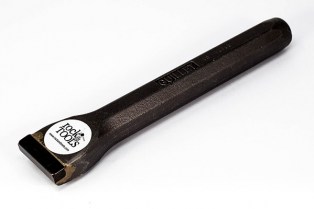


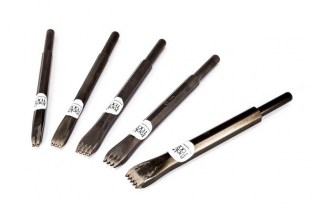

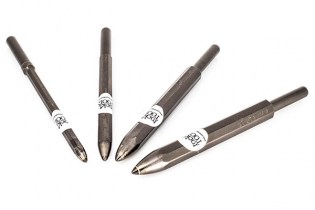
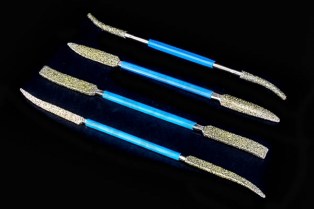


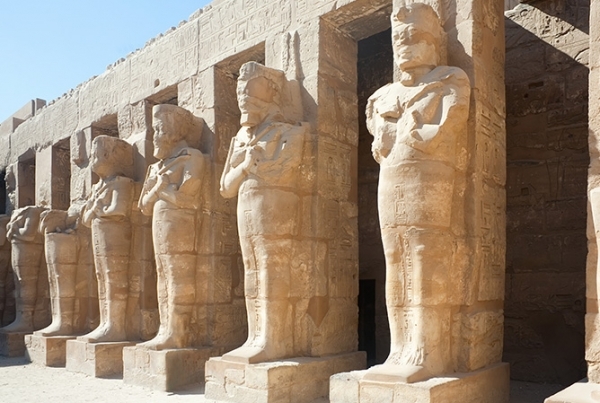
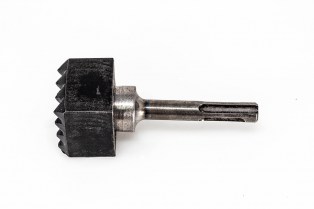
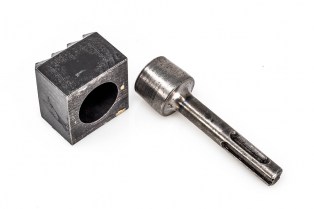
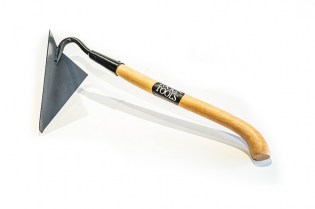




Leave a comment